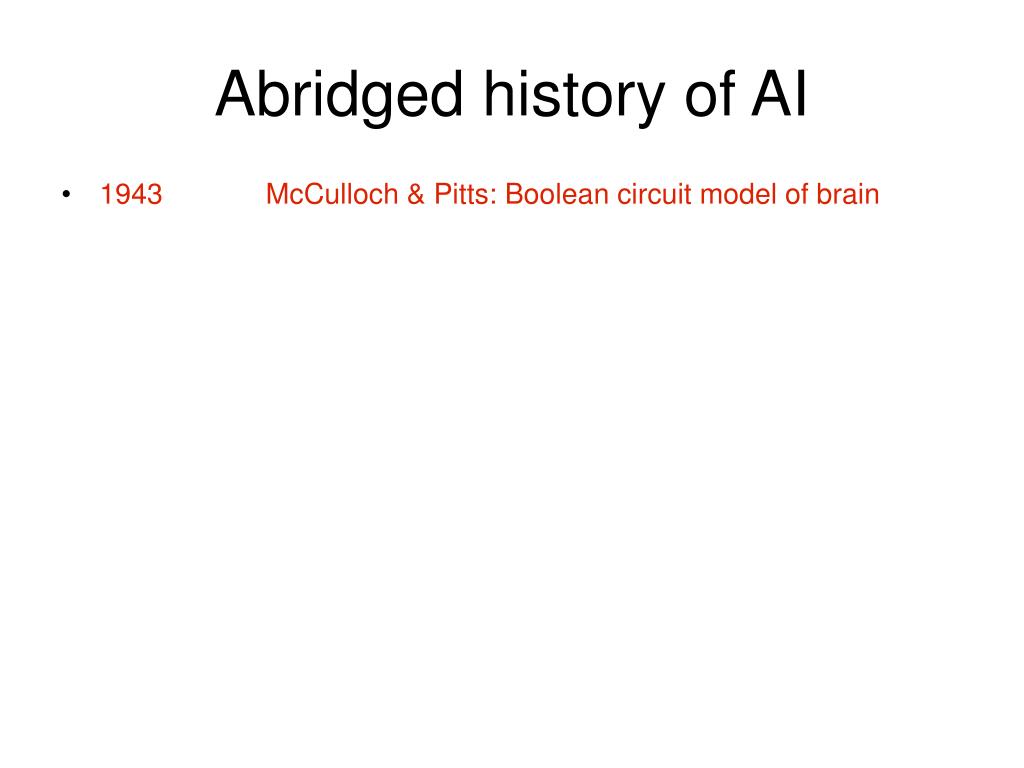

To take advantage of the expressivity of energy networks without incurring the high inference cost, in this work, we propose using Structured Energy As Loss (SEAL). (2017) have shown that an energy network can capture arbitrary dependencies amongst the output variables in structured prediction however, their reliance on gradient based inference (GBI) makes the inference slow and unstable. Through extensive empirical evaluations on both small and large-scale multi-label classification datasets, we show that BBM can significantly improve taxonomic consistency while preserving or surpassing the state-of-the-art predictive performance.īelanger et. We provide theoretical grounding for our method and show experimentally the model’s ability to learn the true latent taxonomic structure from data. This interpretability also facilitates the injection of partial information about label-label relationships into model training, to further improve its consistency. Furthermore, since box embeddings allow these relations to be learned by stochastic gradient descent from data, and to be read as calibrated conditional probabilities, our model is endowed with a high degree of interpretability. Representing labels by boxes rather than vectors, MBM is able to capture taxonomic relations among labels. Box embeddings can be understood as trainable Venn-diagrams based on hyper-rectangles. In this work, we introduce the multi-label box model (MBM), a multi-label classification method that combines the encoding power of neural networks with the inductive bias and probabilistic semantics of box embeddings (Vilnis, et al 2018). Most existing multi-label classification methods do not do so, resulting in label predictions that are inconsistent with the taxonomic constraints, thus failing to accurately represent the fundamentals of problem setting. Real-world datasets often have natural or latent taxonomic relationships between labels, making it desirable for models to employ label representations capable of capturing such taxonomies. Multi-label classification is a challenging structured prediction task in which a set of output class labels are predicted for each input. Going forward, I am most interested analysing deep representation learning in rich non-Euclidean spaces through the lens of the burgeoning theory of deep learning.

My most recent empirical explorations have been on NLP and structured prediction tasks. I have also worked with energy models, where the goal is to utilize energy as a learned loss function to train feedforward prediction network. While most representation learning methods only focus on metric learning, my work on box embeddings aims to show that representation learning can also capture various other kinds of structures like algebraic and relational structure, thereby allowing models to perform compositional reasoning.

#Abridge ai software
researchĬoming with an eclectic background–a mix of robotics, software engineering, natural language processing, and mathematics–I like to think about foundational aspects of machine learning, with major focus on representation learning. I have also worked for 2 years as a software engineer at MathWorks. Bandyopadhyay, my research primarily focused on problems in Robotics. I obtained by undergrad from IIT Madras, where, under the guidance of Prof. Prior to starting my master’s program I had spent a year working with Prof. Andrew McCallum.ĭuring my time as a master’s student at UMass, I worked as a research intern at Information Extraction and Synthesis Lab (IESL) and Abridge AI. I am a second year Computer Science PhD student at UMass Amherst working with Prof.


 0 kommentar(er)
0 kommentar(er)
